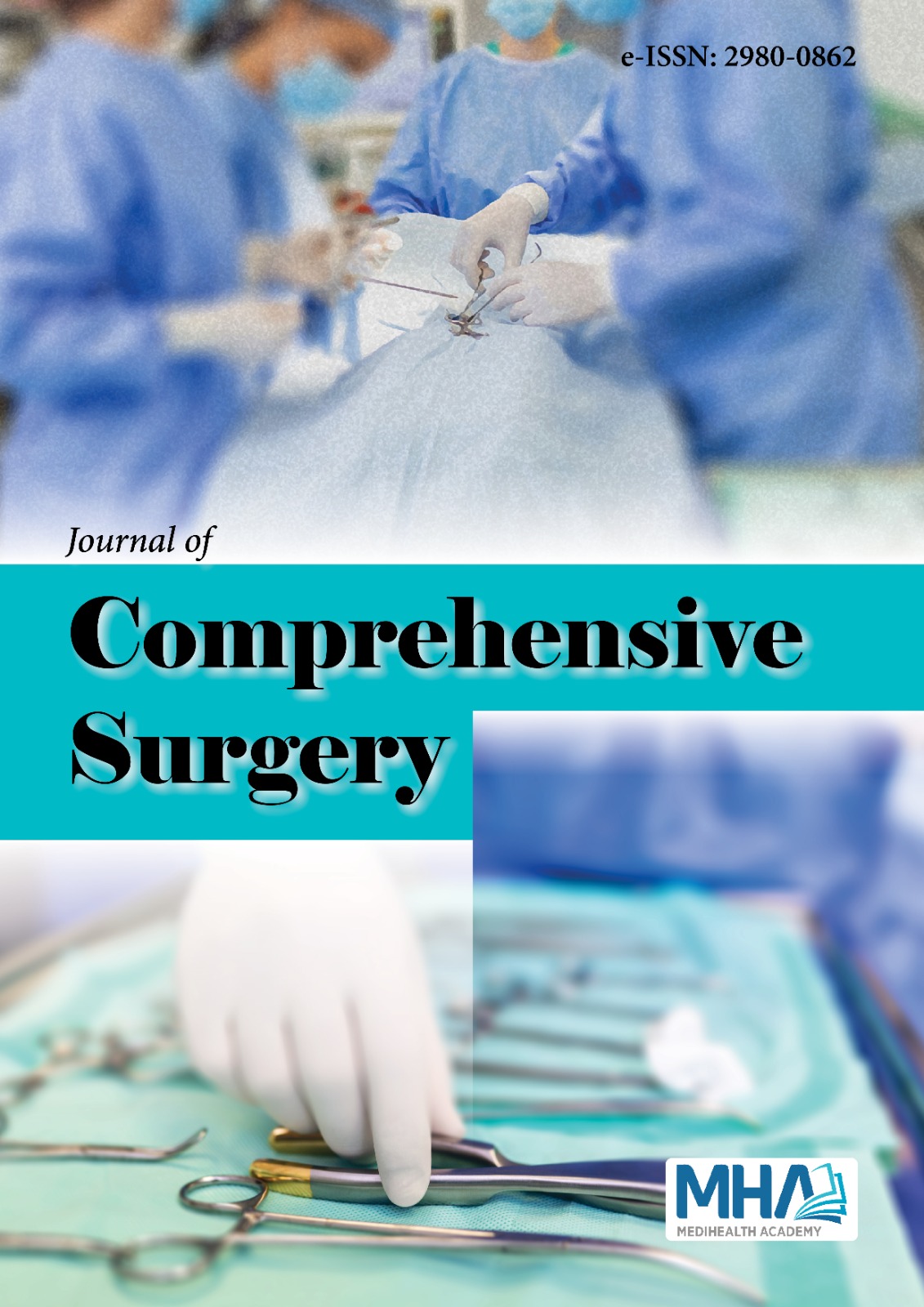Journal of Comprehensive Surgery
The aim of the Comprehensive Surgery is to publish original research articles of the highest scientific and clinical value at the international level in all surgical fields. This journal is indexed by indices that are considered international scientific journal indices (DRJI, ESJI, OAJI, etc.). According to the current Associate Professorship criteria, it is within the scope of International Article 1-d. Each article published in this journal corresponds to 5 points.

